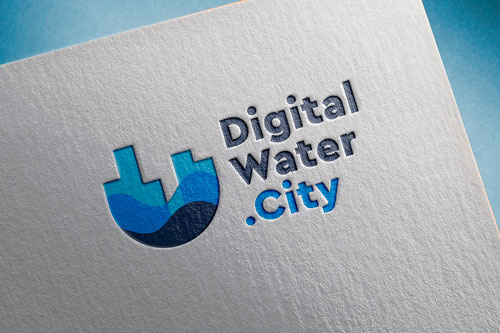Welcome to the first DWC book club. Every month, we’ll tell you which articles or books caught our eye. Don’t expect to hear about the latest Ken Follet or Zadie Smith here though. Instead, our scientists will take turns recommending some bedtime or office reading about digital water solutions that they found particularly interesting.
Nicolas Caradot, DWC project manager
For this first edition, I chose A Systematic Review of the State of Cyber-Security in Water Systems (Tuptuk et al., 2021). This paper offers a review of the state o cyber-security research in the water sector. This is a growing concern for public services in the context of digitalisation.

I liked the study because it pinpoints some shortcomings of research in this field. Most studies occur in only a few countries and tend to focus only on drinking water distribution. Supply systems, treatment plants and wastewater collection systems are only very rarely addressed.
This article also highlights relevant research and innovation fields for the water sector. Among other things, the authors mention developing testbeds to allow stress-testing of wastewater systems, understanding the impacts of multi-points attacks, or comparing the performance of existing attack detection models.
Francesco Fatone (Università Politecnica delle Marche)

I read the interesting article “Reliability of pathogen control in direct potable reuse: Performance evaluation and QMRA of a full-scale 1 MGD advanced treatment train” (Pecson et al., 2017). It investigates the use of optical surrogate parameters as an online monitoring tool to control enterovirus (Giardia and Cryptosporidium) in a drinking water reuse system.
I found it interesting that the authors used the quantitative microbial risk assessment (QMRA) developed with Monte Carlo simulation to define and quantify microbial risk for drinkers. Another engaging aspect of the paper was its simulation of a hypothetical failure of unit treatments to perform a quantitative microbial risk assessment under different malfunction scenarios.
Rita Ugarelli (Sintef)

I found the article Resilience Assessment of Water Quality Sensor Designs under Cyber-Physical Attacks (Nikolopoulos et al., 2021) particularly interesting. It presents an innovative methodology to assess the resilience of water-quality sensor placement schemes in water distribution systems.
Risk managers of water utilities might be particularly interested in the article’s modelling solutions for stress-testing the performance of water systems under scenarios of attack. They can help assess the potential impact of a cyber or physical attack. They can also help water utilities to be better prepared to respond to such attacks by testing alternative risk reduction measures.
The results of this study show that some sensor designs are more resilient than others. It further demonstrates how this can be exploited in risk management practices and how it might inform water-quality sensor placement decisions. The authors also highlight the need to further investigate IT-related issues. They call for close collaboration between IT and hydraulic modelling experts to arrive at a more realistic representation of the problem and its scenario simulation.
